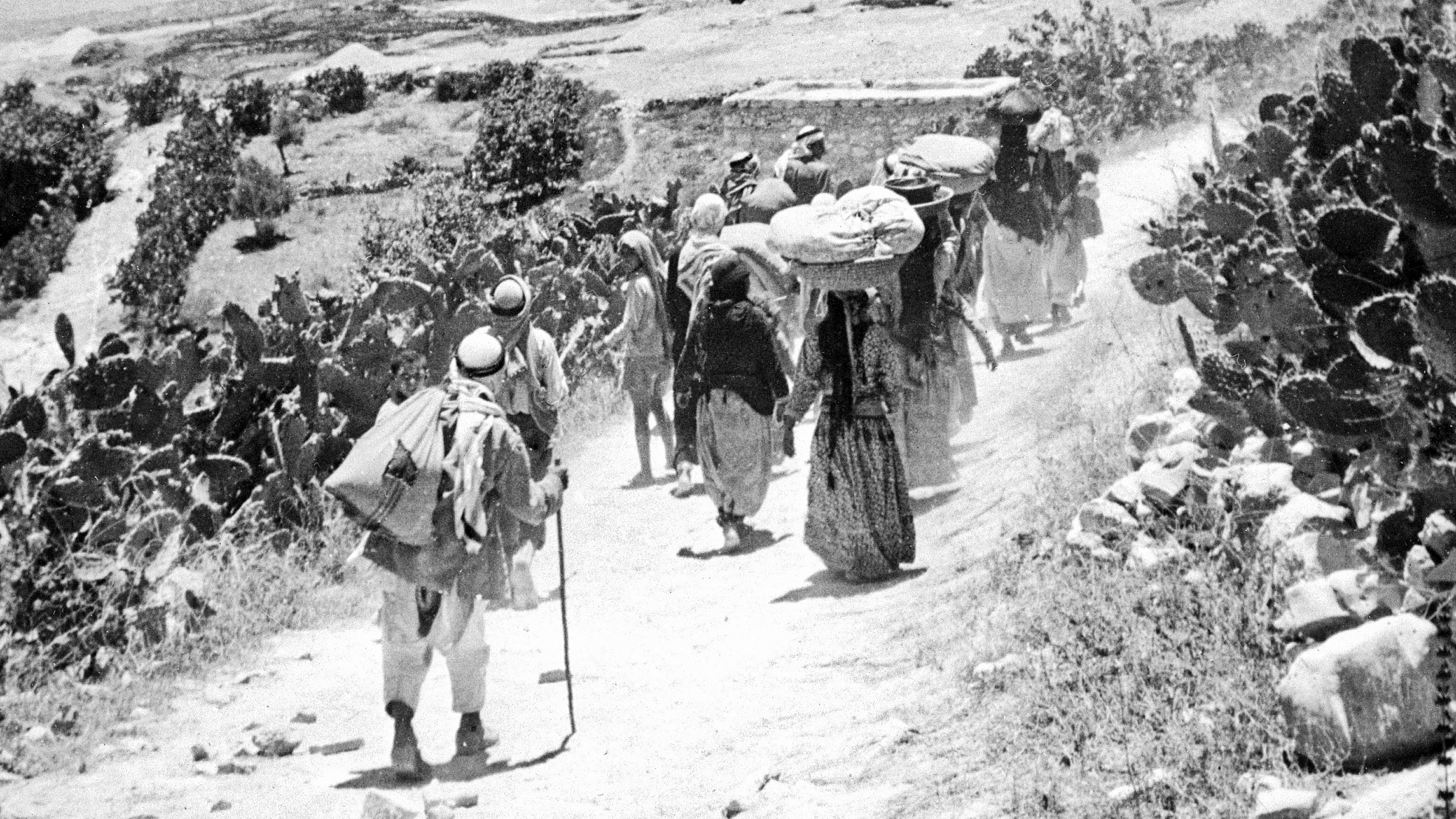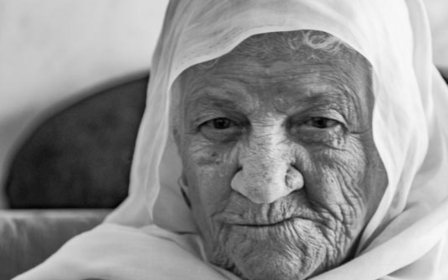Nakba: The Palestinian catastrophe, explained

It's a date inked in infamy for generations of Palestinians.
Each year, on 15 May, millions mark the Nakba, or catastrophe, which refers to the ethnic cleansing of Palestine by Zionist militias to make way for the creation of Israel in 1948.
In a premeditated military campaign, Zionist forces killed thousands of Palestinians, destroyed hundreds of villages and forcibly expelled 80 percent of the Palestinian population from their homeland.
After more than a year of relentless violence, the newly created State of Israel captured 78 percent of historic Palestine.
The remaining 22 percent, the West Bank and the Gaza Strip, were occupied by Israel 19 years later and remain under Israeli military rule.
Before the Nakba
Palestine was part of the Ottoman Empire for hundreds of years until it was captured by Great Britain at the end of World War One (1914-18).
The League of Nations gave Britain a "mandate" over Palestine after the war, in an arrangement that did not take into account the wishes of the native Palestinian population.
The declared aim of the League of Nations mandates was "the rendering of administrative assistance and advice" to the native populations until they are deemed capable of standing alone as independent states.
However, in the case of Palestine, the British Mandate incorporated the "Balfour Declaration" that pledged to establish "in Palestine a national home for the Jewish people", who made up less than 10 percent of the population at the time.
During the mandate years between 1923-48, Britain facilitated the immigration of European Jews to Palestine, increasing their population ten-fold, from 60,000 in the pre-Mandate era to 700,000 by 1948.
They also trained Zionist armed groups, provided them with weapons and allowed them a degree of self-governance.
Meanwhile, the native Palestinian population was violently suppressed following rebellions that called for independence and rejected European Jewish immigration.
In February 1947, Britain announced it would terminate the mandate and turn the question of Palestine over to the United Nations.
The UN adopted a partition plan in November 1947, which divided Palestine into two parts: 55 percent to a Jewish state, and 45 to an Arab state, while keeping Jerusalem under international control.
Palestinians were not consulted over the proposal which never materialised. From that point on, Zionist groups began their attacks.
The Nakba
Drawing upon military plans devised as early as 1945, Zionist armed groups began to systematically increase attacks against Palestinians from December 1947 with the aim of forcing them out.
Zionist strategy culminated in Plan Dalet, the blueprint for their military action that called for "destruction of villages" by "setting fire to, blowing up, and planting mines in the debris".
It also said that "in the event of resistance, the armed force must be destroyed and the population must be expelled outside the borders of the state".
Zionist forces used various tactics to force Palestinians out, including bombing campaigns, massacres and psychological warfare, among other means.
Unarmed civilians were indiscriminately killed during the campaign, some of whom were buried in mass graves.
Between December 1947 and 14 May 1948, some 175,000 Palestinians were expelled and 200 villages and urban centres destroyed and occupied.
On 14 May 1948, the State of Israel was unilaterally declared, a day before the British Mandate officially expired.
Arab armies then entered Palestine to push back against the Israeli military advances.
Hostilities were officially brought to an end by July 1949 with the signing of armistice agreements between Israel and the Arab states.
Israel captured 78 percent of historic Palestine, while the remaining 22 percent was under Arab control.
Aftermath
By the end of the war, Zionist forces had killed 13,000 Palestinians, destroyed and depopulated around 530 villages and towns, committed at least 30 massacres and expelled 750,000 people.
Around 150,000 remained within the boundaries of the newly formed state of Israel, many of them internally displaced.
Israel then passed laws by which it seized Palestinian property and assets left behind by those expelled, including land, homes, cash, stocks, furniture, companies and other movable assets.
They also enacted the Law of Return, which grants Israeli citizenship to Jews who relocate to Israel, while denying Palestinian refugees from returning to their homeland.
Today, there are 5.8 million registered Palestine refugees living in dozens of camps in the occupied West Bank, the Gaza Strip, Jordan, Syria and Lebanon.
Internally displaced Palestinians, who were granted Israeli citizenship, amount to around two million people.
Every year, on 15 May, Palestinians across the world mark the Nakba, which they say has continued since 1948 in different forms of war, occupation, siege, home demolitions, land confiscations and more.
Middle East Eye propose une couverture et une analyse indépendantes et incomparables du Moyen-Orient, de l’Afrique du Nord et d’autres régions du monde. Pour en savoir plus sur la reprise de ce contenu et les frais qui s’appliquent, veuillez remplir ce formulaire [en anglais]. Pour en savoir plus sur MEE, cliquez ici [en anglais].






